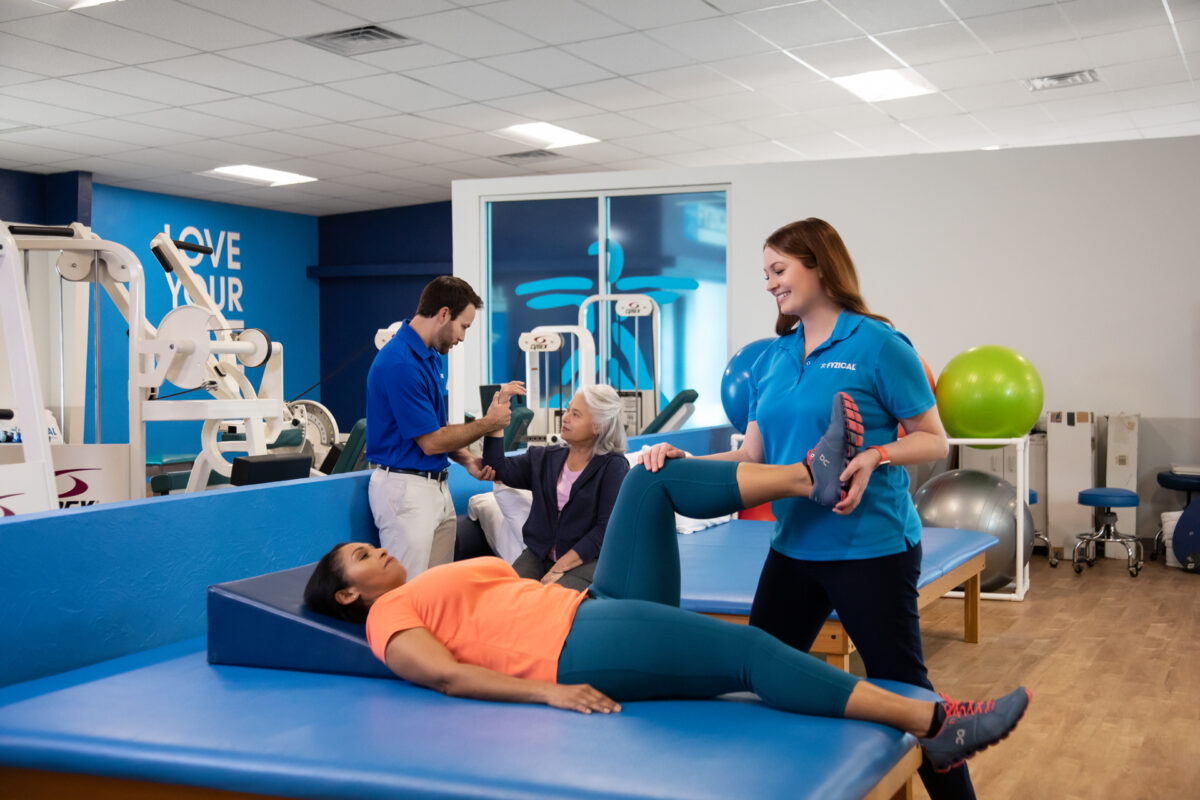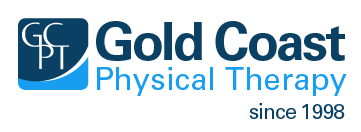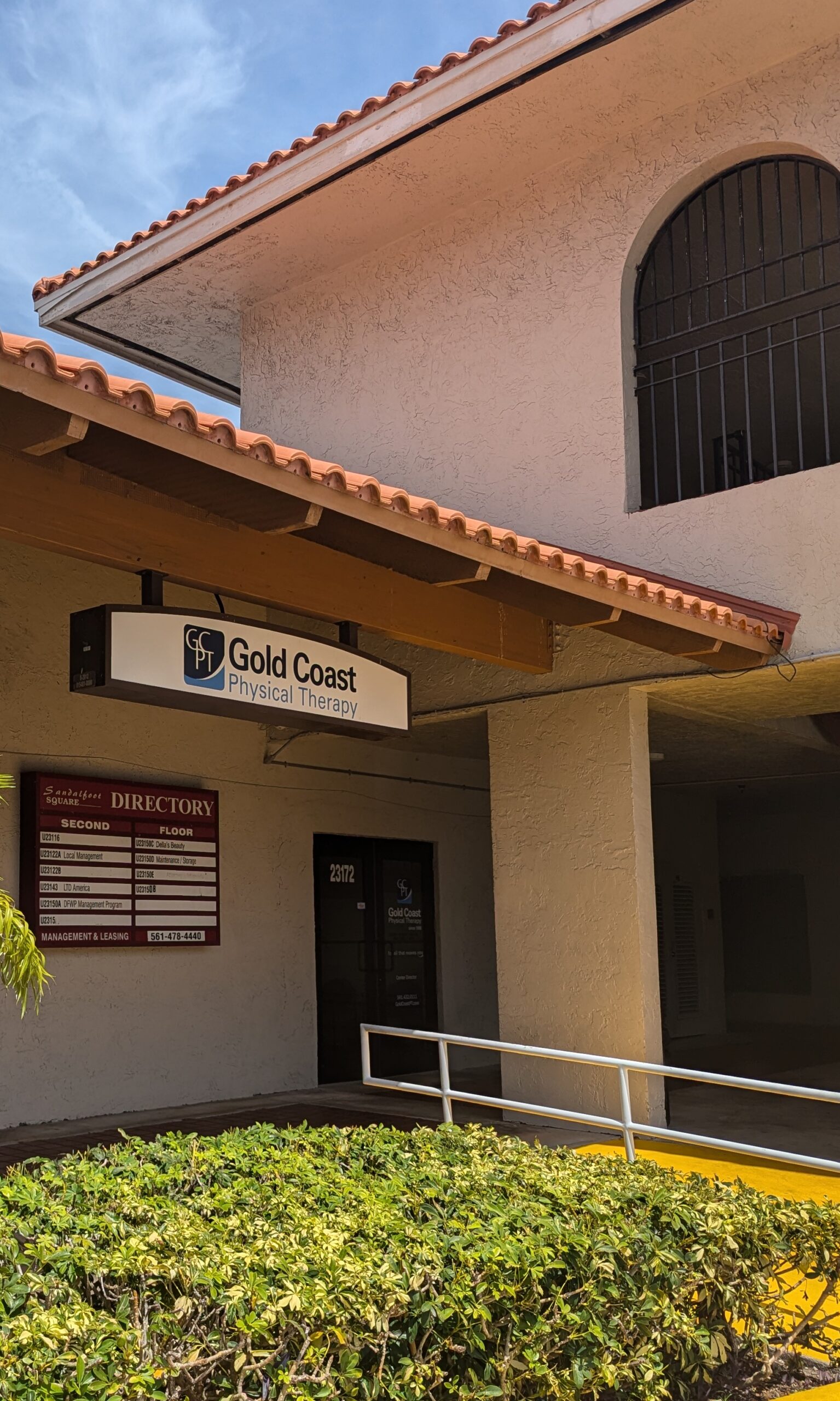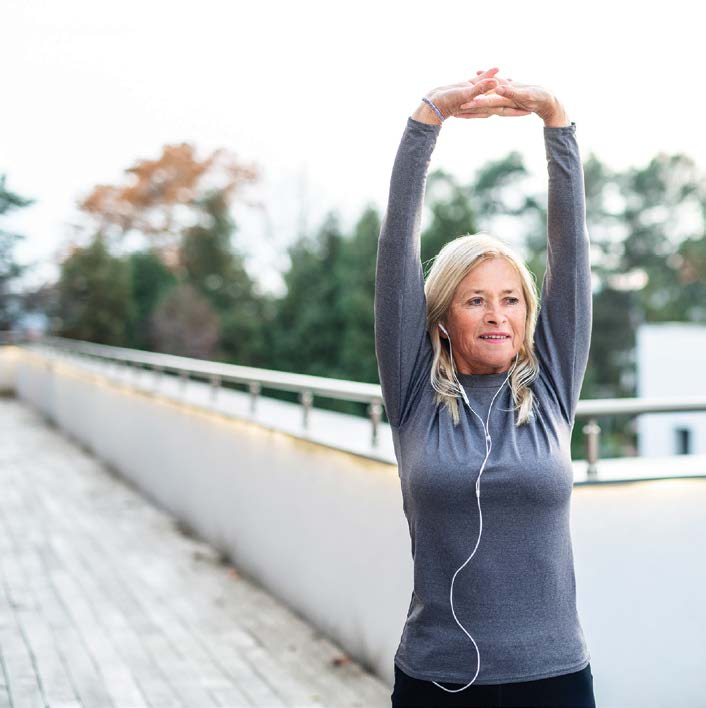Osteoarthritis is the most common form of arthritis, affecting nearly 30 million nationwide.
Are you experiencing pain in your groin or stiffness in your back? Do you find it painful to go up and down stairs? Are these symptoms making it difficult for you to go about your daily routine? You could be suffering from osteoarthritis.
What Is Arthritis?
Osteoarthritis is also known as degenerative joint disease. The main characteristic is the loss of articular cartilage and joint disability. It is known as the “wear and tear” form of arthritis. The breakdown of the cartilage affects the whole joint, causing inflammation, bone/joint structural changes, and bone spur formation.
Primary osteoarthritis has no known cause, but almost 30–65% is thought to be genetically determined. Secondary osteoarthritis mainly comes from traumatic events. Despite the differences in the causes, the two types of osteoarthritis progress in similar directions, ultimately resulting in the loss and destruction of articular cartilage.
Typical symptoms include pain, muscle weakness, joint instability, brief morning stiffness, crepitus (i.e., noises like snaps and pops), and physical inactivity.
What Causes Osteoarthritis?
There is increasing evidence that different risk factors are associated with osteoarthritis, including:
- Obesity
- Genetic predispositions
- Sociodemographic characteristics (e.g., female gender, African-
American race) - Specific bone/joint shapes
There are also physical risk factors associated with increased osteoarthritis including:
- Joint injury
- Participation in certain occupational activities (i.e., repetitive
movements like bending or prolonged positions like sitting/driving) - Participation in sports (i.e. contact sports)
- Thigh flexor muscle weakness and knee osteoarthritis
- Joint malalignment
Arthritis and Obesity
Although aging is one of the most significant risk factors for osteoarthritis, obesity is also a major contributor to developing osteoarthritis. Obese patients have extra weight on their bodies that add to cartilage breakdown. Recent research suggests that unhealthy diets are associated with systemic inflammation. This inflammation is responsible for a 2.5-times higher likelihood of experiencing knee pain than patients with healthy weight and diets and similar cartilage damage. However, this cycle can be broken by improving joint movement, muscle strength, balance, and coordination, reducing pain and inflammation.
How Physical Therapy Can Help Arthritis

Physical Therapy Can Help
Call Gold Coast Physical Therapy today to make an appointment. With guidance from your physical therapist, you can find solutions to your pain and get back to living the life you enjoy!


